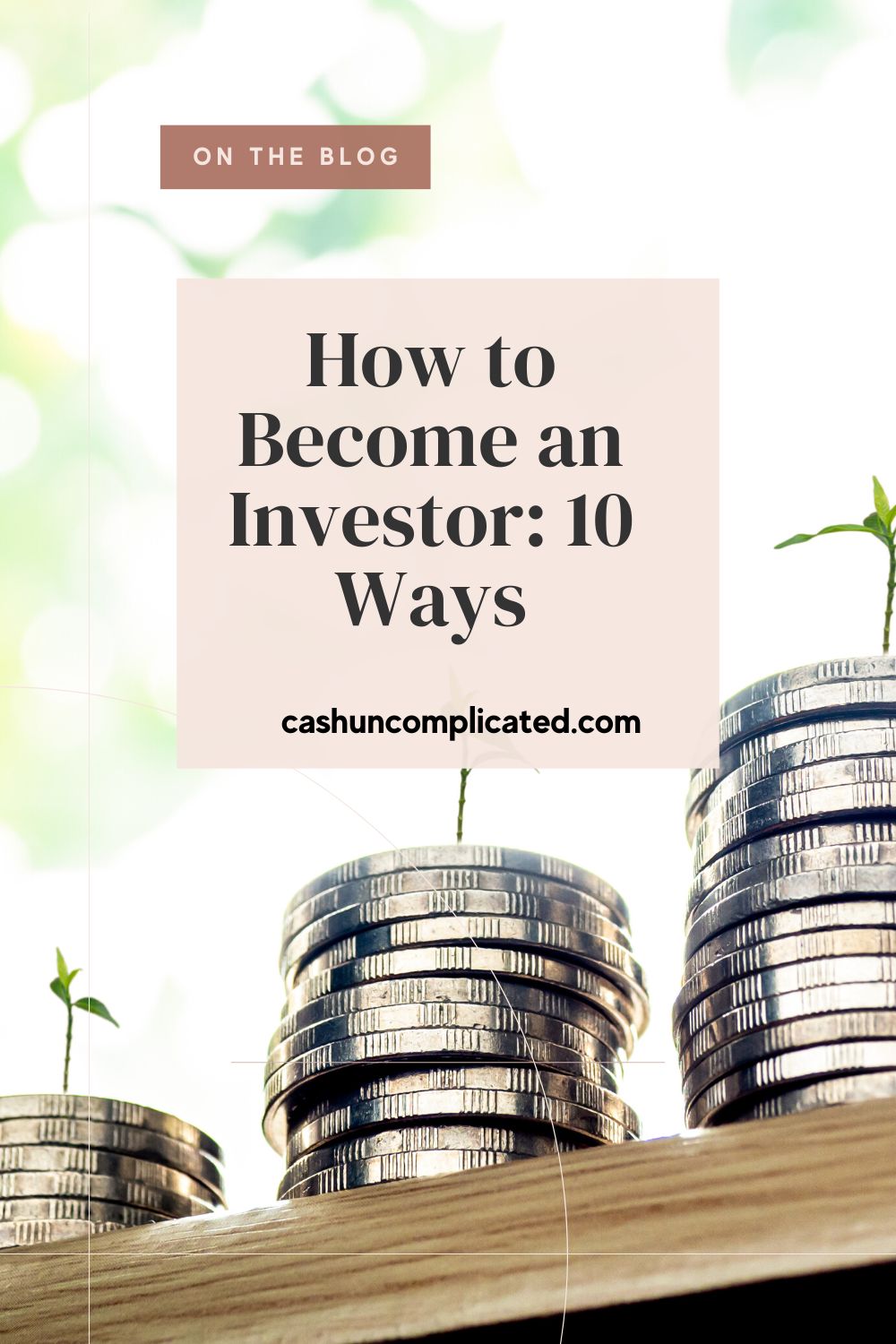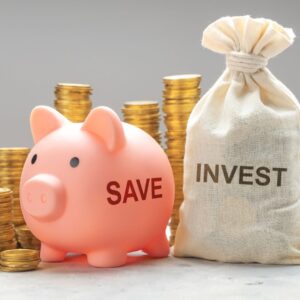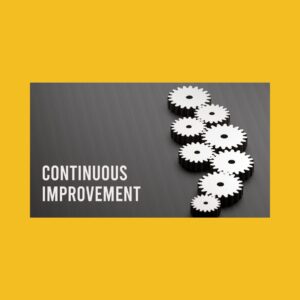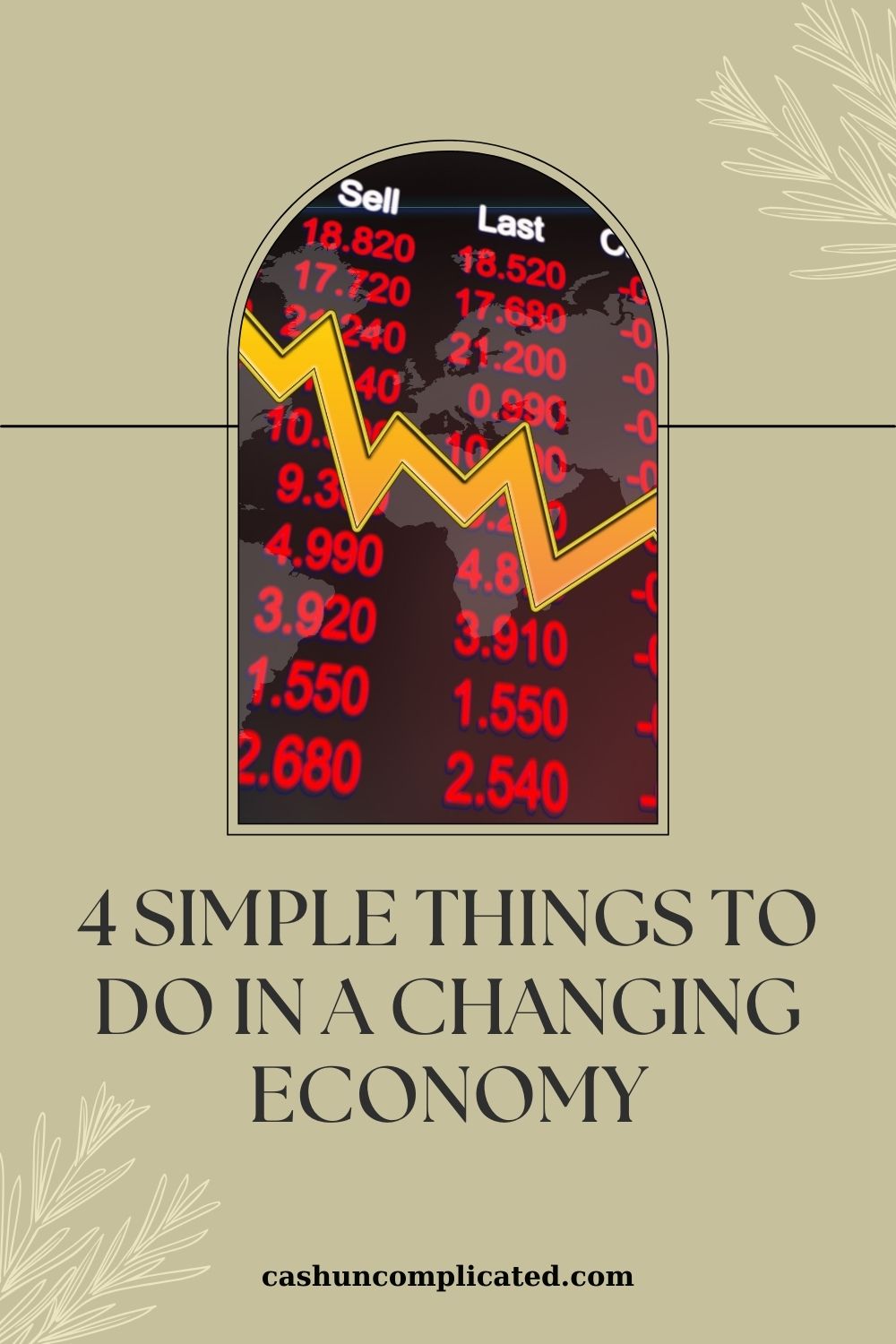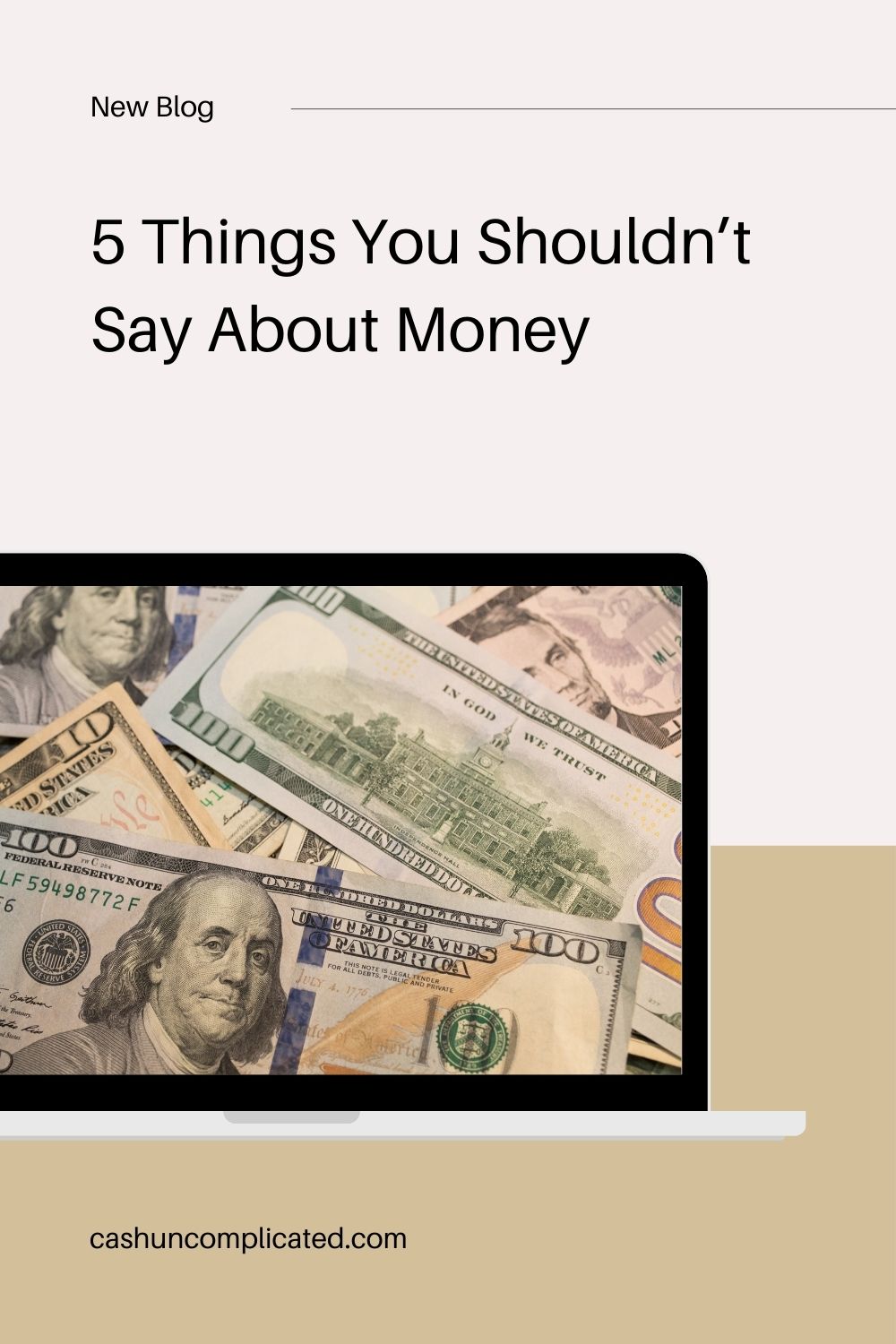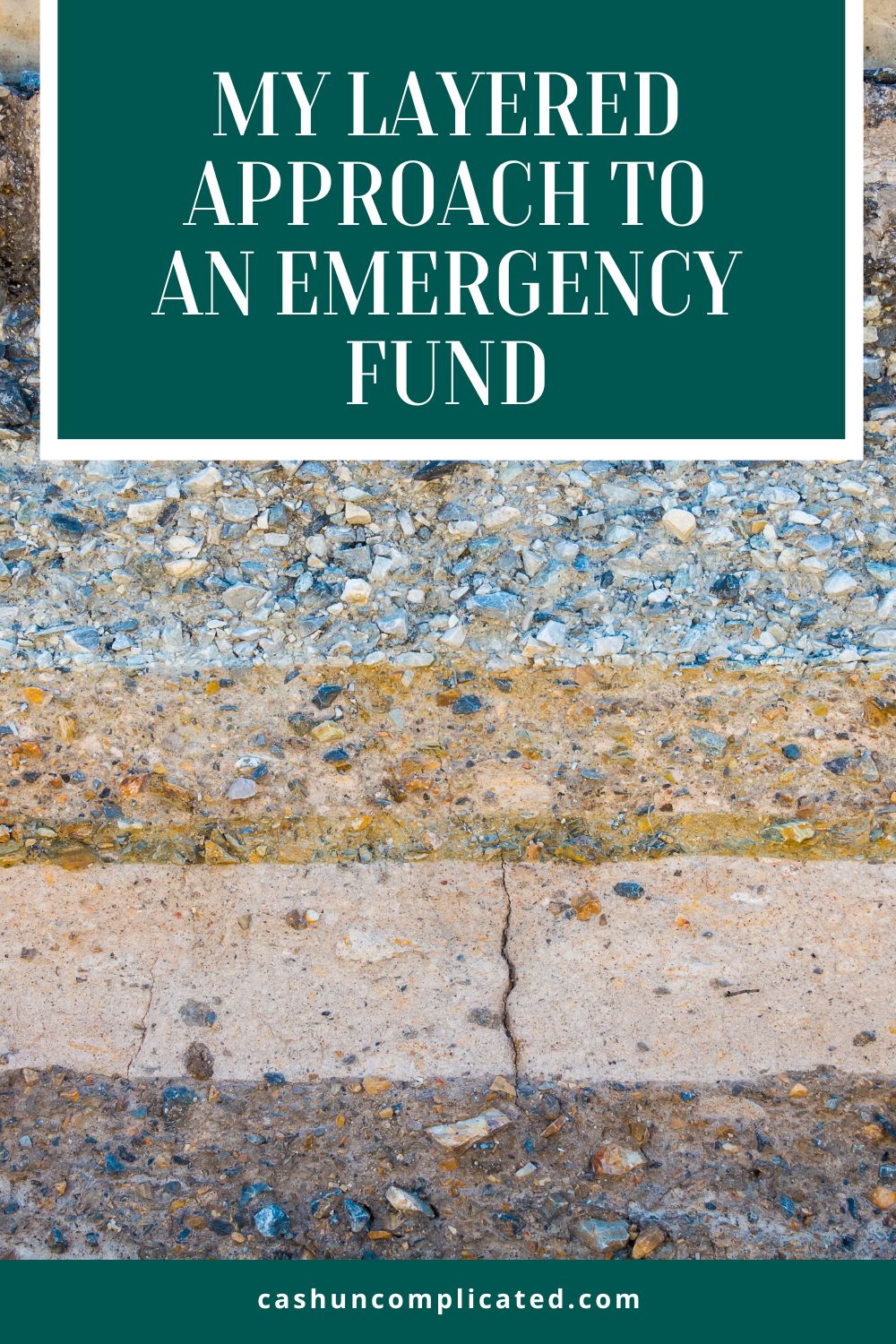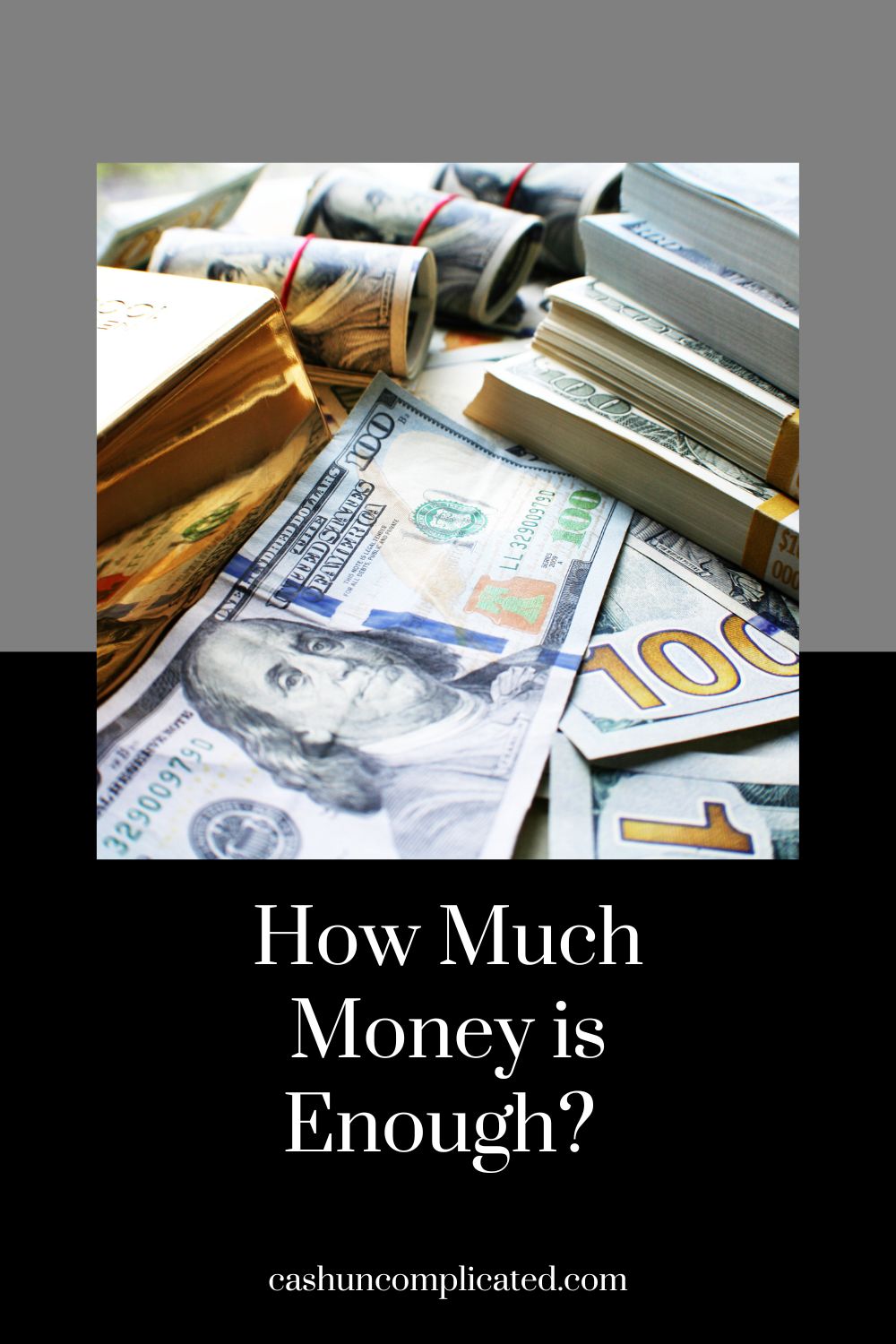Anyone can become an investor. It doesn’t matter where you came from, what your current situation is, or any past successes or failures with money. I say this because, as I wrote about in the intro of my book Cash Uncomplicated, I had a lot of misconceptions about investing.
I thought investing was only for the rich and someone like me had no business getting started. Of course I was completely off base and it was one of the driving inspirations behind the book and this blog.
What is an Investor?
An investor is a really wide category. For the purposes of this post, an investor is simply someone who invests their money in something. It doesn’t matter how much money, or what the investment is–anyone who invests is an investor.
Different Levels of Investors
Of course, there are different levels of investors. A beginning investor contributing 20 dollars per paycheck into an index fund isn’t as prolific as a real estate investor who has been in the game for 15 years or a seasoned index fund investor earning hundreds of thousands in compound interest every year.
The important takeaways are that you have to start somewhere and anyone can do it, no matter your current financial situation. That person earning millions per year in compound interest also started small. So don’t be discouraged if you’re just starting out.
Don’t You Have to be Rich to Become an Investor?
Hopefully the last section answered this question, but if it didn’t, I’ll reinforce it here. Contrary to what I used to believe, you don’t have to be rich to become an investor. Anyone can do it, and everyone starts small at some point.
Becoming wealthy as an investor is a process that often takes multiple years. So if you’re a new investor, don’t compare yourself to a 63-year old woman who has been investing her whole life and is compounding hundreds of thousands of dollars every year.
She also had to start somewhere as her earnings didn’t happen overnight.
Why Become an Investor?
There are myriad reasons to become an investor. Let’s touch on just a couple to start with.
Warren Buffet has a quote: “Unless you find a way to make money while you sleep, you will work until you die.” What Buffett is referring to is passive income, or money that you don’t need to work for.
Investing is literally an investment in your future self. It will provide you with financial freedom and the freedom to choose what to work on, or even whether you want to work at all.
Without investing, you will forever need to work, oftentimes in less than desirable work environments such as when money is tight or you were laid off. There is nothing wrong with working (in fact, I think it’s essential for a good life), it’s just better when it’s on your terms.
Investing is also a compounding of efforts. Think of it this way. You go out and earn a dollar. You then invest that dollar where it goes on to make cents, and eventually more dollars. Those dollars then go on to make more dollars, who makes even more dollars.
Using larger numbers as an example:
- $100,000 invested for 30 years at a 10 percent rate of return will compound to $1,744,940 (no additional contributions)
- $2,000 invested per month for 25 years at a 10 percent rate of return will bring the investor $2,596,362
- Assuming a 10 percent rate of return, $30 invested per day for 30 years will compound to $1,981,331
To summarize this section, investing allows your money to compound, which in turn eventually grows large enough where it can support your life without having to work.
Difference Between Saving and Investing
Saving and investing are often used interchangeably. They are not the same thing though, as I made a case for in my book. You can save to invest, but saving in of itself is not investing.
Saving is accumulating a pot of money to be used for emergencies, vacations, reserves, a future large purchase, extra security (sleep well at night money), among other things.
Related: How Much of an Emergency Fund Should You Really Have?
Usually savings are kept in some sort of an account where the money is at minimal risk, like a savings account or CD. High returns aren’t the expectation, but it is possible to get small returns.
Conversely, investing is growth-oriented, meaning the purpose of the money is to grow into more money, and more money after that (compounding). The idea is that your money will compound year after year, creating great wealth and future passive income.
For example, those who invested in the stock market or real estate after the Great Recession, saw multiple years of high growth.
The downside is there is risk to losing the money during down periods. As an example, someone investing in the stock market would incur losses when the market is down. Case in point, last year (2022) the stock market was down double digits.
Saving and investing are both important, and both have a place in everyone’s portfolio, it’s just important to understand the difference between the two and act accordingly.
How to Become an Investor
Anyone can become an investor, but how? That’s exactly what the rest of this post is going to tackle.
Number 1: Mindset
The first thing needed to become an investor is a change in mindset. As I’ve written about in my book and multiple blog posts, my mindset around money used to be incredibly flawed.
I thought investing was only for the wealthy so I really never sought out ways to invest or take action to invest. Now and then I’d throw some money in a savings account if I had any left over from the month, but that’s really not investing.
The moment I changed my mindset around money and investing, things began to improve. I realized I was wrong for all those years, and that I could invest. Over time, I learned that wealthy people invest because they started investing–not because they were born wealthy.
It became obvious to me that I too could invest and everything I was saying in the past were excuses. A fresh and clean money mindset completely changed my financial trajectory from paycheck to paycheck to an actual investor.
Number 2: Research & Education
It’s great to have a mindset shift like I did, but that was just the start. I needed more information to take the next step. I didn’t need to completely master personal finances (I don’t know that anyone ever masters anything), but I needed enough knowledge to get started, such as.
- What’s the difference between saving and investing?
- How do I buy investment real estate?
- Is there a difference between retirement accounts and brokerage accounts?
- What’s the best way to consistently invest money every month?
These are all questions I had and needed answered. I didn’t need to learn how to buy a 300-unit apartment complex but I wanted the basics of real estate so I could buy a single family rental property.
There’s no need to know everything before starting, but some basic knowledge really helps. The rest I was able to learn along the way, and continue to learn to this day.
Recommended ways to learn:
- Books
- Podcasts
- Conferences
- Find a mentor
- Taking action
- Blogs
For a list of book, podcast, and blog recommendations, see the appendix of my book Cash Uncomplicated.
Number 3: Determine a Beginning Amount and Make a Commitment
Ok, you’ve changed your mindset, read a few books, and started listening to podcasts related to personal finance. All great steps! Now it’s time to actually invest.
Ideally, you will be investing 30 percent or more of your income but that’s not realistic for most people starting out. I know it wasn’t for me.
Determine how much you can invest and make a commitment to invest that money regularly by paying yourself first. Not just a “want to”, but an actual sustainable commitment.
That could be 30 percent or more, 10 percent, or $50. What’s important in the beginning stages is that it’s something. You’ll find ways to grow your contributions later.
Number 4: Pick Investment Type(s)
The next step to become an investor is to pick an investment(s). Do your research and identify what you want to invest in. Don’t fall into analysis paralysis–remember you can switch later and/or change contributions as you learn.
For example, my first investment was a small amount into an individual stock. As I learned more, I began investing in real estate and index funds. Both were better investments for my needs as they are time tested and don’t rely on my individual stock-picking abilities (which aren’t good).
Common things people invest in:
- Index funds (stocks and bonds)
- ETF’s
- Real Estate
- 401(k)
Number 5: Automate
Now that you’ve picked out what you want to invest in, it’s time to start automating. Automation is the process of investing on a regular basis by scheduling payments to yourself.
For example, someone automatically contributing $500 per month to an index fund would set up a monthly transfer at the start of the month for the money to go from their checking account to the investment account.
Once the automation is set up, it’s done for good until you manually make changes. Month after month, year after year, the money will flow from your checking to the investment account. Automations can also be set up to go directly from your paycheck to an investment account, skipping the checking account altogether.
I’ve been automating for several years now and what I’ll tell you is that it works. I’ve gone from less than a few thousand dollars in net worth to much more than that, in large part due to the process of automation. I remember missing the money the first few months, but barely noticing after that.
Number 6: Pay Yourself First
This next strategy works robustly with automation as they powerfully work together to build long-term wealth. Actually, it’s not so much a strategy as it is a philosophy. Pay yourself first is exactly as described.
Pay yourself before anything else. Before the bills, entertainment costs, and any other kind of monthly costs you incur. Paying yourself first ensures that you are paying your future self with investments that will grow over the years.
Once you pay yourself first, the money for the rest of the month can be budgeted as needed. The investments are already taken care of because you made sure it was done first.
I use the analogy of someone wanting to get stronger by lifting weights. If this person lifts weights a half hour (or more) in the morning four or five days a week, they have completed the work towards that goal before the day has really even gotten started.
Of course whatever happens the rest of the day matters because that is their life, but the fitness aspect is guaranteed to be taken care of because it was done first. It doesn’t matter if a few meetings went long, a client got upset, or they have to work late–the weight lifting is already done.
Same thing for paying yourself first. You can have an unexpected car repair, the kid’s soccer league might raise their price for that month, or you ended up with more entertainment costs than unexpected. Those things have no bearing on your investments because you paid yourself first.
Number 7: Make a Commitment
Becoming an investor requires a commitment. That means consistent contributions and keeping the money in the account for the long-term. To quote Warren Buffett again: “If you aren’t willing to hold a stock for 10 years, don’t even think about holding it for 10 minutes.”
Although Buffett is talking about stocks, the principle applies to any type of investment. Investing is a long-term commitment. Contributing a few bucks here and there, pulling it out every few months to buy something, then deciding to contribute a little more isn’t committed investing.
That will never allow compounding to occur, leaving you stuck for years on end. While making a commitment to regularly invest and avoid the temptation to pull it out will allow compounding to occur.
Investing should be so regular and predictable that it’s almost boring. That is, until years later when your contributions have compounded to the point where you are financially free and only have to work if you want to.
Number 8: Constant Improvement
Eighth on the list of how to become an investor is constant improvement. When you start investing, nobody expects you to make perfect investments. In fact, your investments probably aren’t going to be optimized.
Then you learn and improve. Eventually you will start to make better investments. Even the most seasoned investors should be seeking improvement. An investor improving by just one percent a year will see compounding results in just a few short years.
As with anything in life, the best investors have a growth mindset, an idea popularized by Carol Dweck’s book Mindset: The New Psychology of Success. Someone with a growth mindset seeks continual improvement and takes joy in the process of learning and getting better.
Number 9: Don’t Be Afraid to Make Mistakes
Mistakes happen. That’s ok–move on from them and learn. Ask almost any investor and they will tell you about some of their mistakes. I’ll use myself as an example and list just a few of my many money mistakes:
- Waiting too long to invest
- Having the wrong mindset about investing
- Not buying more real estate when I knew I should have
These mistakes have probably cost me in the high hundreds of thousands, if not low millions. As frustrating as that can be, there is no use dwelling on it. Those mistakes have already been made and I’m sure I will make more mistakes down the line.
Don’t be afraid to make mistakes. Rather, understand that you will make them and get better. Although the mistakes I made came with a high price tag, they also allowed me to write a book, start a blog, and become a better investor.
The mistakes are just a part of my process, and something that I think will ultimately continue to benefit me.
Number 10: Get Professional Help If Needed
Last, but not least on how to become an investor is to get professional help if needed. It’s ok to seek professional help at any point. A few common scenarios:
- In the beginning when you’re just getting started
- When you’re feeling stuck
- At the point in time where you just want someone to review your plan for any holes
- For specific advice like tax consequences on the sale of a home
Professional help can come from a fiduciary financial advisor, money coach, CPA, tax attorney, etc. Many high net worth individuals I know seek help from multiple sources.
There is no shame in getting help. The reality is that professional help often saves years of stress and worry, and can earn you hundreds of thousands of dollars from the knowledge from a professional who has been there, done that.
Conclusion
I’m convinced that anyone can become an investor. It doesn’t matter if you’re young, old, or have never invested a day in your life. Anyone can do it.
Investing won’t just happen by itself though–it takes actual work and perseverance. The advice in this post comes from my own learning experiences, including a lot of mistakes. I know many people are in the same predicament that I used to be in.
I also know that if I was able to do a 180 with my personal finances, you can too. So wherever you are today, keep going.
How did you become an investor or how can you become one?

